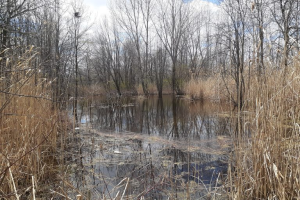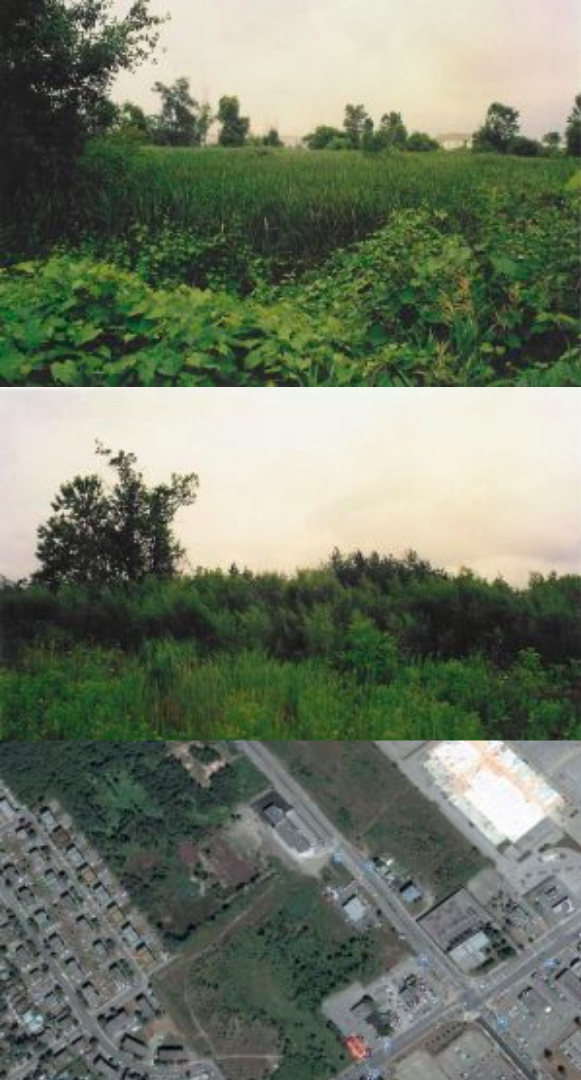
The Georges Swamp Woodland is a remarkable natural environment, with the important diversity of habitats that one can find there and its location in the very heart of the city centre of Laval, west side of the Centropolis. This territory of 23,5 hectares constitutes the limits of the Particular ecological land use planning zone and is only disrupted by the Carrefour boulevard that divides it in two in its northern part.
.jpg)
.jpg)
Even though it is almost completely privately owned and there are no marked paths, the Georges Swamp Woodland is visited by the nearby population, that finds there a source of freshness and general well-being. Plenty of amateur birdwatchers also frequent that woodland.
Indeed, with its big 4 hectares pond, surrounded by swamps and marshes, this woodland also welcomes a vast and impressive avian fauna. Swallows, egrets, grebes, geese and herons coexist there for the pleasure of the eyes, a few steps away from the great shipping centers.
Besides presenting an amazing range of plant and animal species, the Georges Swamp Woodland is also a good example of the resilience of nature when it comes to human-induced damage. With the unbridled development of the Centropolis neighbourhood, these last two decades have not been a smooth journey for this natural environment. The waterproofing of the territory around under the concrete and asphalt has diverted a lot of runoff water towards the Woodland, which contribute to permanent inundation of what once was a vast cattail marsh.
From that results the large pond cited above, stopping point of several migrating species, but also an ecosystem in transition, with territories that were once land and now considered ''wet''. Populus, young ash and willow stands are currently appearing around the area. The pond even presents a spring freshet phenomenon, where water goes about 100 meters above its limit during low-water periods.
Despite a forest matrix that only presents a moderate ecological interest, according to available studies, many sites are still considered as presenting a high interest, in the south as well as the north of the pond. Therefore, even though this transitioning ecosystem has been extremely disrupted by wild backfills and the invasion of common reed, an alien invasive species, it still has an interest for conservation and restoration.
This woodland also possesses a great potential of valorization on a recreation and tourism level, be it through the planning of view points or the planning or marked trails.
Pond - Before:

Pond - After:
.jpg)



